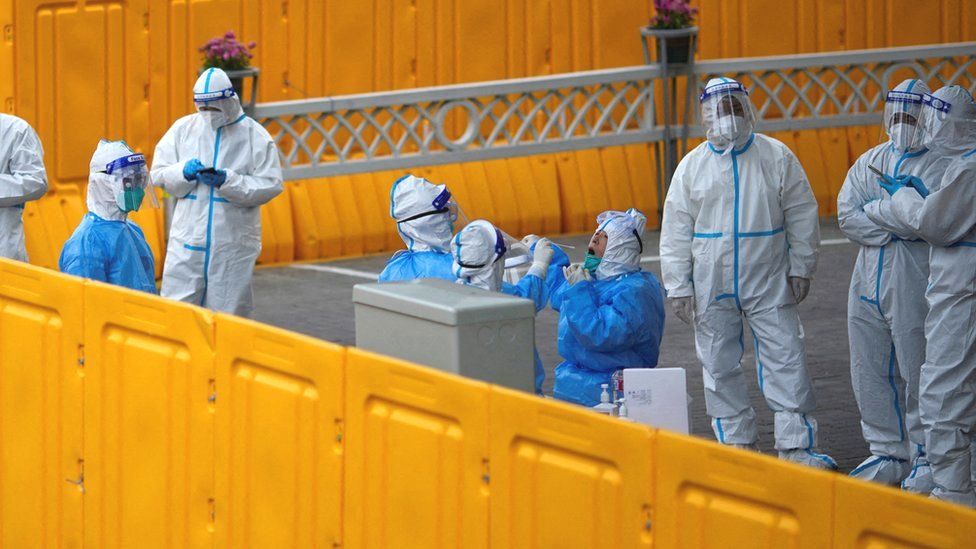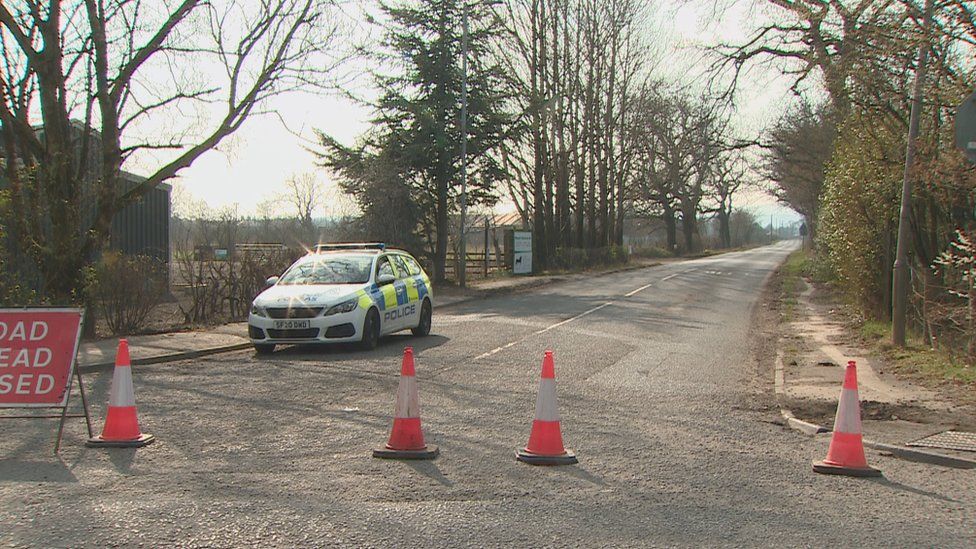The United States will maintain sanctions on Iran‘s Revolutionary Guards even if there is a deal to limit the country’s nuclear programme, US special envoy Robert Malley said Sunday.
Iran has insisted that a revived nuclear accord, which diplomats say is close, is conditional on the Islamic Revolutionary Guard Corps (IRGC) being taken off a US terrorist list.
But Malley, the US envoy for Iran talks, told a conference in Doha: “The IRGC will remain sanctioned under US law and our perception of the IRGC will remain.”
The Guards are on the list because of Iran‘s action supporting the Syrian government, Yemen’s Huthi rebels and the Lebanese group Hezbollah.
EU foreign policy chief Josep Borrell told the Doha Forum on Saturday that a revived nuclear accord would be sealed in “a matter of days”.
Iran has been engaged in negotiations to revive the accord with Britain, China, France, Germany and Russia directly and the United States indirectly since April 2021.
The European Union’s coordinator for the Vienna talks, Enrique Mora, is in Tehran where he is hoping to find a way to hammer out remaining differences.
But Malley cautioned at the Doha Forum of political and business leaders that a deal was not “inevitable” and not “just around the corner”.
“We’re pretty close,” he said of the negotiations, but added: “We’ve been pretty close now for some time. And I think that tells you all you need to know about the difficulty of the issues.”
Just before Malley spoke, Sayyid Kamal Kharrazi, a former Iranian foreign minister and now advisor to the country’s supreme leader, stressed the importance of the Guards — Iran‘s ideological army.
“Yes it’s imminent but it depends on the political will of the United States,” Kharrazi said of the deal intended to replace one that the United States withdrew from in 2018. “IRGC, certainly it has to be removed,” he said.
“The IRGC is the national army and the national army cannot be listed as a terrorist group,” he said.
The United States designated the Guards as a “foreign terrorist organisation” under then-president Donald Trump in April 2019.
It came the year after Trump unilaterally withdrew the United States from the 2015 nuclear deal, known formally as the Joint Comprehensive Plan of Action.
Kharrazi also said Iran wanted guarantees that the United States would not withdraw again from the deal. Malley said there could be no guarantee after President Joe Biden’s term ends.
EU sees Iran nuclear deal in ‘days’
The European Union’s coordinator for efforts to restore the Iran nuclear deal was due in Tehran for Sunday talks, as its foreign policy chief saw a renewed accord in “days”.
Iran has been engaged in negotiations to revive the accord formally known as the Joint Comprehensive Plan of Action (JCPOA) with Britain, China, France, Germany and Russia directly, and the United States indirectly.
Parties have signalled for weeks that the negotiations are close to an agreement, but that “political decisions” are required from Tehran and Washington.
“We are very close but there are still some issues pending,” EU foreign policy chief Josep Borrell told reporters on the sidelines of the Doha Forum in Qatar.
“I cannot tell you when or how, but it is a matter of days.”
The comments came as the EU diplomat chairing the Vienna talks, Enrique Mora, was due in Tehran, and as Iran confirmed that dropping its Islamic Revolutionary Guard Corps (IRGC) from a US terror blacklist was among the outstanding issues.
Mora, who coordinates indirect talks between Iran and the US, said ahead of his trip that the visit aimed to bridge the remaining differences.
“Working on closing the remaining gaps in the #ViennaTalks on the #JCPOA. We must conclude this negotiation. Much is at stake,” he tweeted.
– IRGC issue –
Western parties have been pushing for the talks to be concluded “urgently” given the accelerated pace of Iran‘s nuclear programme since Washington’s unilateral withdrawal from the deal in 2018.
Hours before Mora’s arrival, Iran‘s Foreign Minister Hossein Amir-Abdollahian said Tehran was pursuing the IRGC’s de-listing, despite senior Guards officials suggesting the issue be dropped if a deal otherwise ensured the country’s “national interests”.
The Guards are the ideological arm of Iran‘s military.
“The issue of the IRGC is definitely part of our negotiations,” Amir-Abdollahian told state television.
“We have exchanged messages with the Americans in this regard. So this is one of the issues that is still on the agenda”, he said.
Senior Guards officials have told the foreign ministry to “do whatever is necessary in line with the national interests of the country — and if you reached a point (in the negotiations) where the issue of IRGC was raised, the IRGC issue should not be an obstacle for you”, Amir-Abdollahian said.
But he added: “We will never allow ourselves… to tell the US side that we can let go of the issue of the IRGC, despite the permission given to us by the senior officials.”
The most important outstanding issue with the US “is still the subject of how to delist real and legal Iranian persons from the sanctions list,” Amir-Abdollahian said.
Israeli Prime Minister Naftali Bennett later reiterated his government’s concern that the US would remove the Guards’ listing.
A wave of Iran-backed Yemen rebel attacks on Saudi Arabia on Friday “is further proof that Iran‘s regional aggression knows no bounds & reinforces the concern of Iran‘s IRGC being removed” from the list, he wrote on Twitter.
– Talks paused –
Iran began rolling back on most of its commitments under the accord after the United States unilaterally withdrew in 2018 and began reimposing crippling economic sanctions.
Negotiations have been paused since March 11, after Russia demanded guarantees that Western sanctions imposed following its invasion of Ukraine would not damage its trade with Iran.
Days later, Russian Foreign Minister Sergei Lavrov said during a news conference with Amir-Abdollahian that Moscow had received the guarantees.
Consultations between the Iranian foreign minister and his counterparts had continued since delegations returned to their capitals, state news agency IRNA said.
The 2015 agreement gave Iran much-needed sanctions relief in exchange for curbs on its nuclear programme that would guarantee Tehran could not develop a nuclear weapon — something it has always denied wanting to do.
During the negotiations to revive the accord, Iran has repeatedly called for US guarantees that there will be no repeat of its 2018 pullout.
Washington said on Tuesday that it was now up to Iran to make hard decisions in order to restore the deal.
“The onus is on Tehran to make decisions that it might consider difficult,” State Department spokesman Ned Price said.
“There are a number of difficult issues that we are still trying to work through.”











